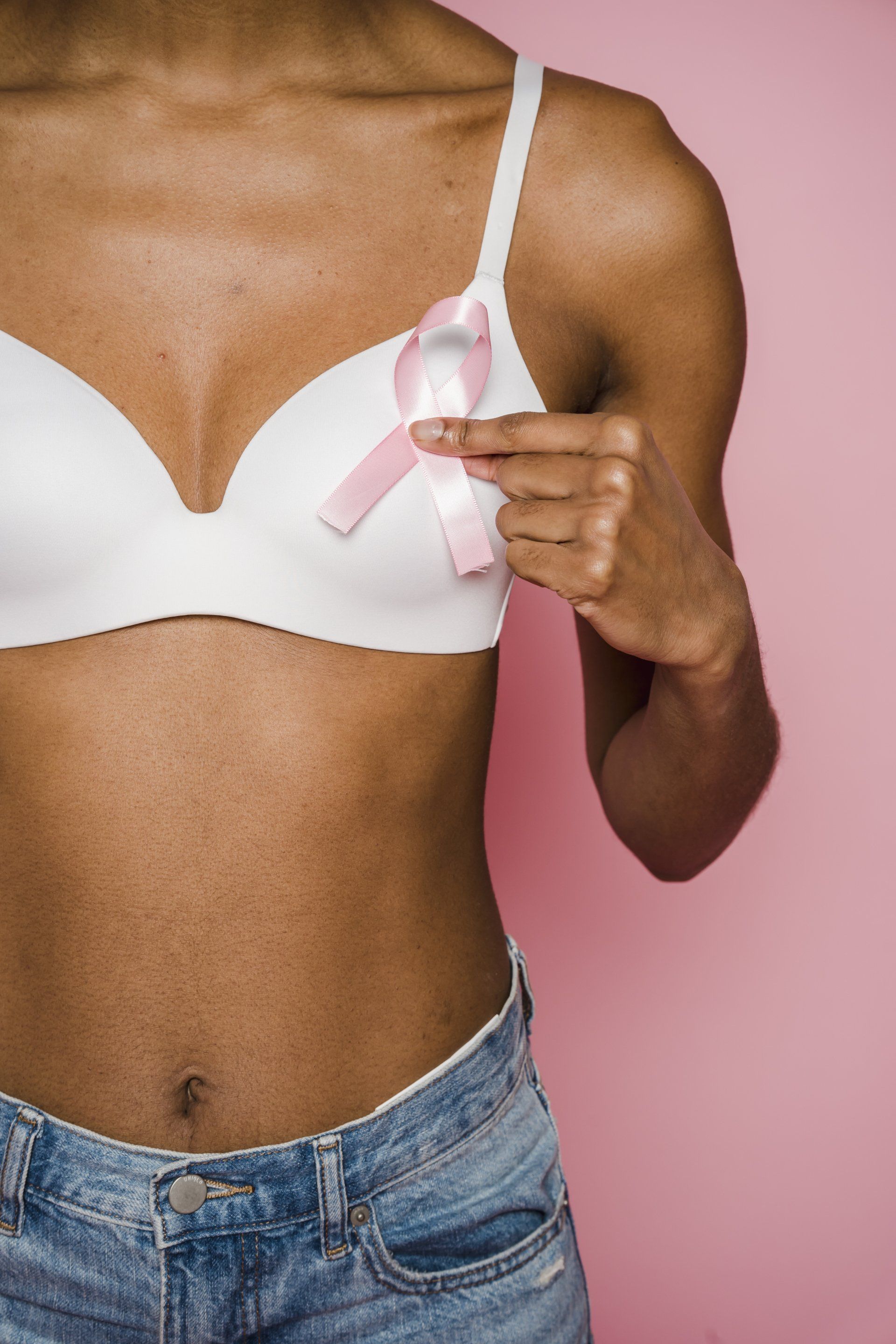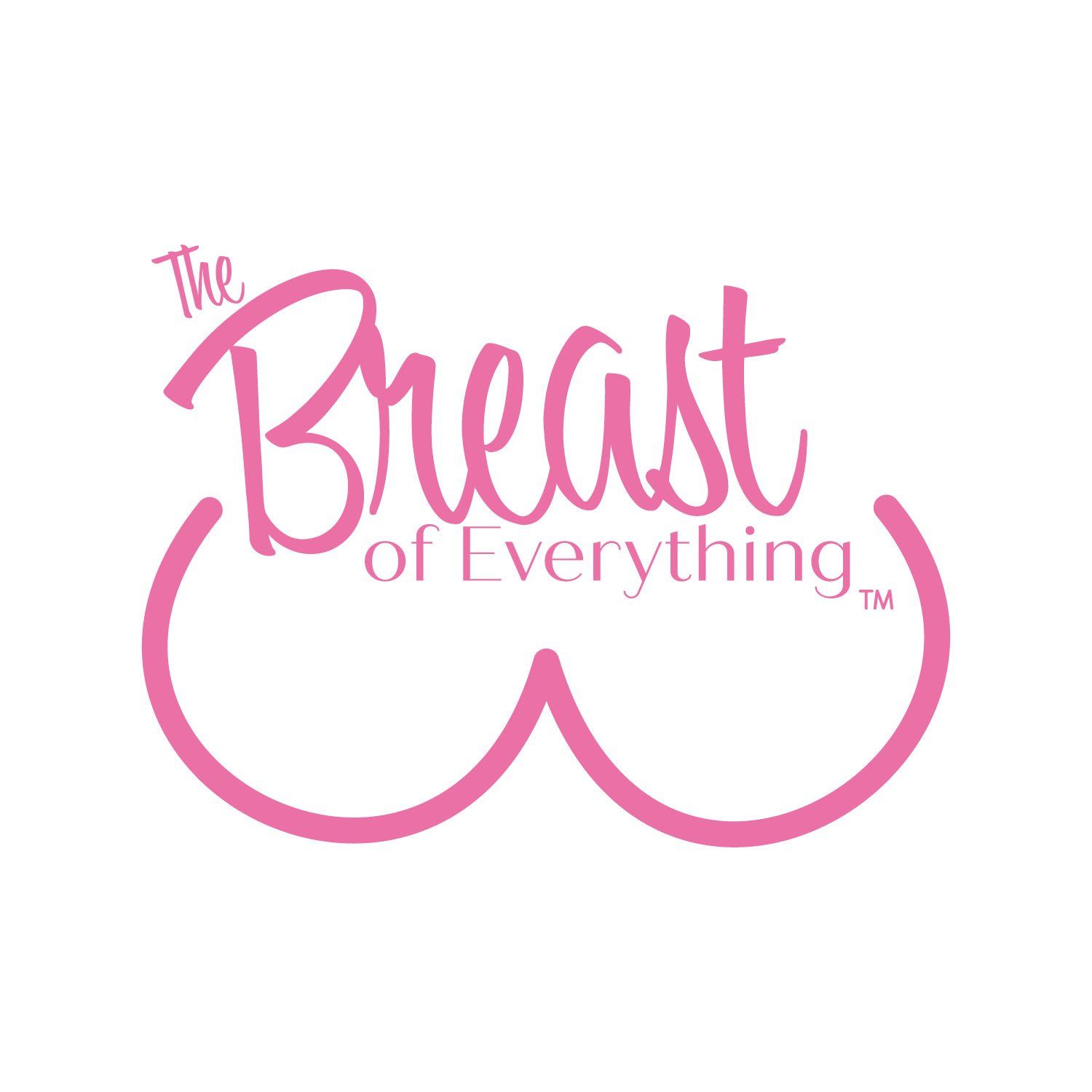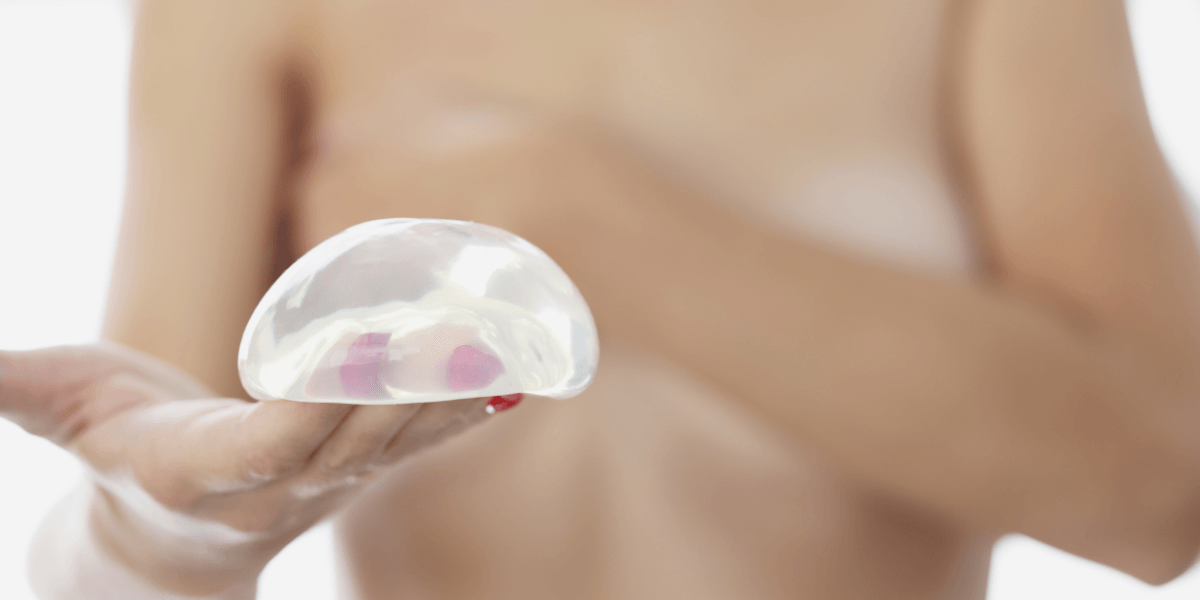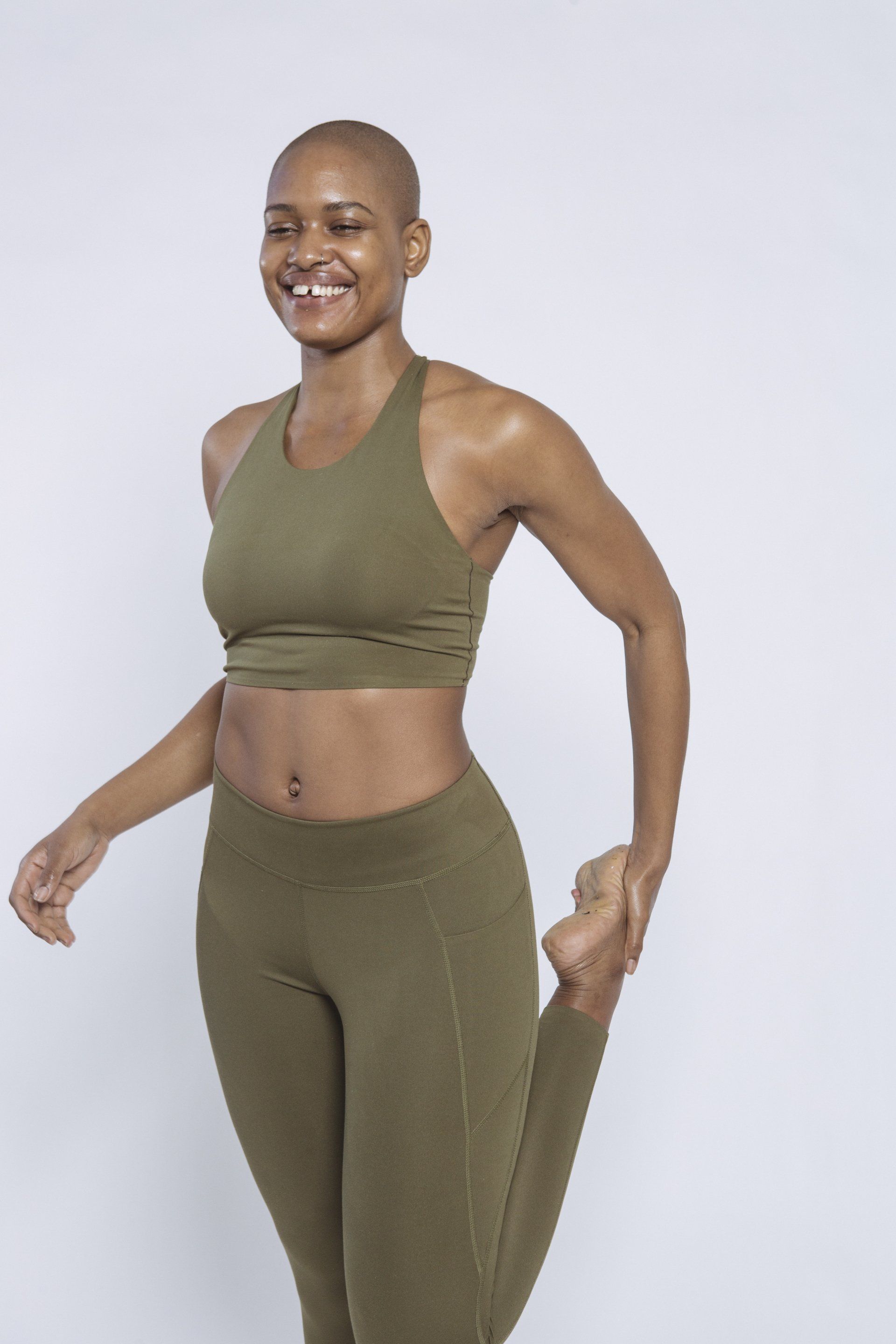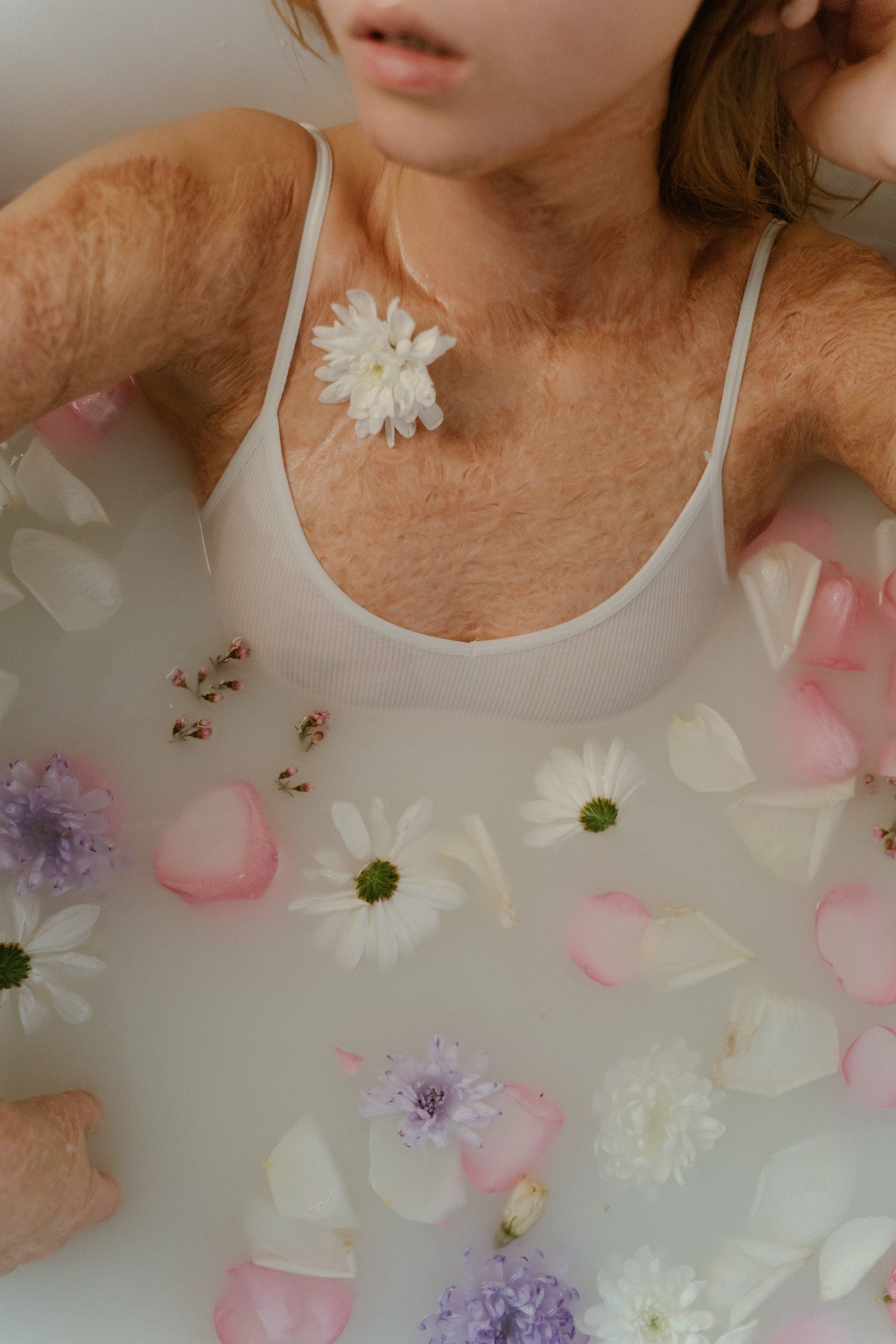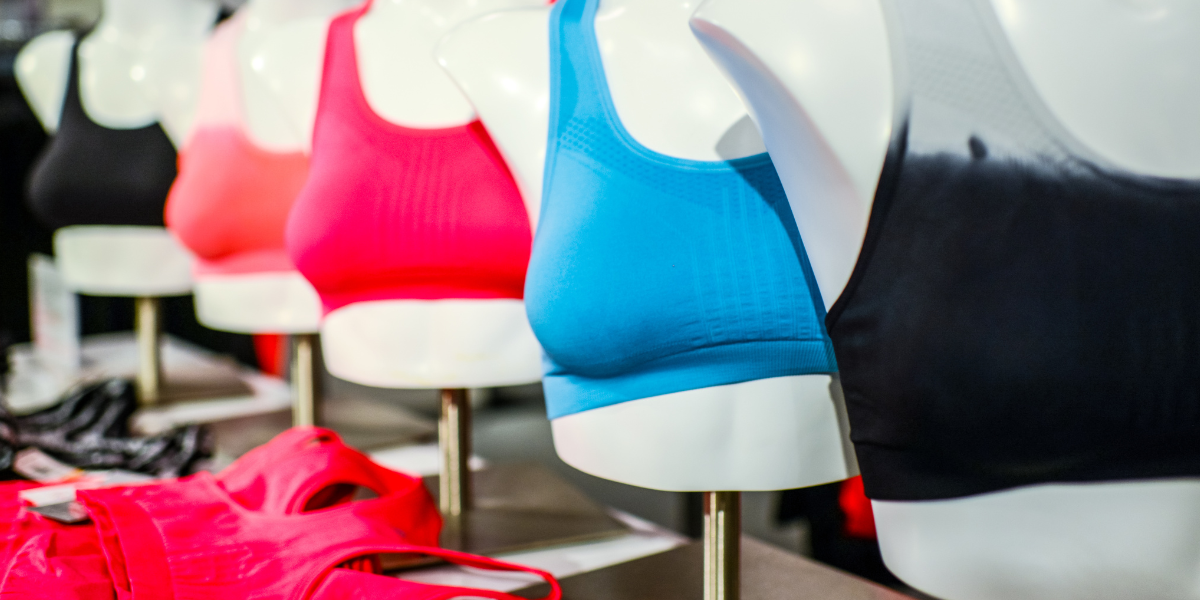How To Prepare For A Mammogram: Your Ultimate Guide
Mammograms are an important part of breast cancer prevention and early detection. If you're scheduled for a mammogram appointment, it's important to be prepared so you can get the most accurate test results.
This guide will help you understand how to prepare for a mammogram. By following these tips, you can make the procedure as smooth and stress-free as possible.
RELATED: The Importance Of Preventive Health Care For Women
Getting Ready for a Mammogram: What You Need To Know
What Is a Mammogram and Why Do I Need One?
A mammogram is a low-dose x ray exam of your breast that can help detect early signs of breast cancer, before they can be felt by you or your doctor. Mammograms are the best tool we have to detect breast cancer early.
The exam can be used for: breast cancer screening or diagnostic purposes.
- Screening Mammogram
Screening mammograms are used to check for breast cancers, such as invasive breast cancer, in women who have no signs or symptoms of the disease.
The American Cancer Society (ACS) recommends that women ages 40 and older have a mammogram every year and continue to do so for as long as they are in good health.
If you're under the age of 40 and have a family history of breast cancer, you may need to start getting screening mammograms earlier. Your health care provider can help you determine the best time to start getting mammograms based on your individual risk factors.
- Diagnostic Mammogram
A diagnostic mammogram is used to check for breast cancer in women who have signs or symptoms of the disease. This type of mammogram is usually done if you have a lump in your breast, nipple discharge, or changes in the appearance of your breast.
You may also need a diagnostic mammogram if an abnormal area is found on a screening mammogram.
How to Prepare for a Mammogram?
If you're scheduled for your first mammogram appointment, you may be feeling a mixture of nerves and excitement. While it's normal to feel some anxiety about the unknown, there are a few things you can do to help make the process as smooth and comfortable as possible.
Schedule your mammogram when your breasts are less likely to be tender or swollen. For many women, this means scheduling your appointment one to two weeks after the start of your menstrual period.
If you have breast implants, let the mammography center know in advance so that they can take appropriate measures.
In addition, avoid wearing a one piece outfit. Instead, wear a two-piece outfit so that you can easily remove your top for the exam. You'll also want to avoid wearing lotions, powders, creams, or deodorants, as their metallic particles can interfere with the images.
What Happens During a Mammogram?
A mammogram usually takes place in two steps:
First, your breast is compressed between two firm surfaces of a mammogram machine. You may feel some discomfort or pain during the procedure, and you may feel breast tenderness or soreness for the rest of the day, but this compression helps to spread out the breast tissue so that the radiologist can get a good view of your entire breast.
Second, low-dose x ray images are taken of each breast from several angles. These mammogram images are then checked for any abnormalities. If anything suspicious is found, more x rays or other imaging tests may be needed to get a closer look. The entire procedure usually takes about 20 minutes.
If you have had prior mammogram images, it is important to bring them with you or have them sent to the new facility where your mammogram will be performed. These past mammograms are important because they can be used for comparison if there are any changes in your breast tissue.
Furthermore, be sure to tell the health care team member or the mammogram technologist if there is anything different about your breasts since your last appointment, such as a new lump, discharge from the nipple, or change in the size or shape of your breast.
What Should I Expect After a Mammogram?
In most cases, the results of your mammogram will be available within one to two weeks. Your health care provider will go over the results with you and explain what they mean.
If your mammogram shows anything abnormal, you may need to have additional testing done. This can include more x rays, an ultrasound, or a biopsy (a procedure in which a small sample of tissue is taken from the breast for further testing).
However, most women who have abnormal mammogram results do not have breast cancer. But it’s important to follow up so that any problems can be found and treated as early as possible.
If you are due for a mammogram or think you may be at high risk for breast cancer, talk to your doctor about when you should have the test and how often you should have it.
Are There Any Risks Associated with Getting a Mammogram Done, and How Can I Minimize Them?
Mammograms are generally safe. The small amount of radiation you are exposed to during the test is not enough to cause any harm. There is a very small risk that the x rays could damage your DNA and lead to cancer.
The bigger concern with mammograms is inaccurate readings or false positives--when the test results show something abnormal even though there is no cancer present. These can lead to unnecessary anxiety and further testing, which can be costly and sometimes risky.
To minimize the risk of false positives, it’s important to have your mammogram done at a certified mammogram facility that has experienced staff and state-of-the-art equipment. You should also make sure that the radiologist reading your mammogram is experienced in interpreting them.
It’s also important to remember that mammograms are not perfect. They can miss some cancers, especially in women with dense breast tissue. So it’s important to be familiar with your breasts and to report any changes to your doctor right away.
RELATED: Firm Breast Workout: 6 Chest Exercises to Lift Breasts
How Can I Maintain My Breast Health?
In addition to getting regular mammograms, there are a few other things you can do to keep your breasts healthy:
- Perform a Monthly Breast Self-Exam
It's important to perform a breast self-exam (BSE) monthly to check for any breast changes. While it's best to have a healthcare professional show you how to do a BSE, you can also follow these instructions:
- Start by looking at your breasts in the mirror with your shoulders straight and your arms on your hips. Keep an eye out for any changes in size, shape, or color. Raise your arms and look for changes.
- Next, feel your breasts while lying down, using your right hand to feel your left breast, and then your left hand to feel your right breast. Use a light, circular motion as you feel the entire breast area. Be sure to feel both on the outer edges of the breast as well as the areas closer to your chest wall.
- Finally, feel your breasts while standing up with one arm behind your head. Again, use a light, circular motion as you move from the outer edges of each breast inward. If you notice any changes during your BSE, be sure to follow up with a healthcare professional.
- Maintain a Healthy Weight
Being overweight or obese can increase your risk of breast cancer. This because the extra breast tissue can make it harder to find breast cancer early. Losing weight may also lower your risk of breast cancer after menopause.
If you have a higher body fat percentage, you may want to talk to your doctor about ways to lower your risk.
One way to maintain a healthy weight is to exercise regularly and eat a healthy diet. Eating plenty of fruits, vegetables, and whole grains can help you maintain a healthy weight and lower your risk of breast cancer. Avoiding processed foods, sugary drinks, and red meat can also help you manage your weight and reduce your breast cancer risk.
- Limit Your Alcohol Intake
Alcohol consumption is a risk factor for breast cancer. The more alcohol you drink, the greater your risk. Even light drinking increases your risk.
If you choose to drink alcohol, limit your intake to no more than one drink per day. A standard drink is:
- 12 ounces of beer
- 5 ounces of wine
- 1.5 ounces of 80-proof liquor
Drinking alcohol can also increase the risk of breast cancer coming back (recurrence) in women who have previously been treated for the disease. If you’re a breast cancer survivor, it’s best to abstain from alcohol altogether.
- Don’t Smoke
Smoking is one of the worst things you can do for your breast health. Not only does it increase your risk of breast cancer, but it also damages the tissue and decreases the overall quality of your breasts.
The chemicals in cigarettes are particularly harmful to the delicate breast tissue, and they can also cause changes in the structure of the breast that make it more difficult to detect breast cancer at an early stage.
In addition, smoking significantly increases your risk of other types of cancer, including lung cancer.
If you care about your breast health, kicking the smoking habit is one of the best things you can do.
Final Thoughts
In conclusion, getting a mammogram is an important part of staying healthy and catching any problems early. With a little preparation, you can make sure that your mammogram is as accurate and comfortable as possible. Remember, early detection is key to breast cancer treatment, so don't hesitate to schedule your mammogram appointment if you're due for one.
Up Next:
- Common Causes of Sagging Breasts and Tips for Prevention
- Menopause Support Groups: How To Find The Right Community For You
- 5 Signs You're Under Too Much Stress (and What to Do About It)
